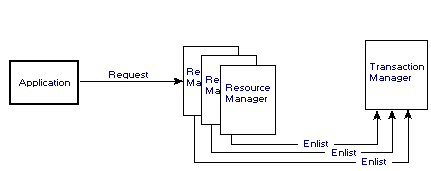
When a resource manager first comes on the scene, it contacts its local transaction manager to declare the resource manager's presence. Then the resource manager waits for execution requests from applications. When a request arrives tagged with a new transaction object, the resource manager enlists in the transaction. By enlisting, the resource manager ensures that it will get callbacks from the transaction manager when the transaction commits or aborts.

The resource manager then performs the transaction's requests. For example, the transaction might insert, delete, or update records in a relational database. The resource manager keeps enough information to allow it to either undo or redo the transaction's work on those resources. There are many ways to do this; keeping versions of data or keeping a log (journal) of the changes are two common techniques.
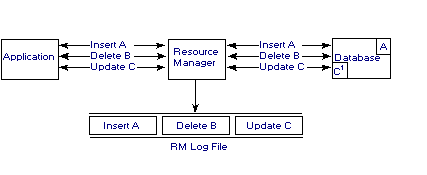
When the application calls Commit, the transaction manager initiates the two-phase commit protocol. The transaction manager first asks each enlisted resource manager if it is prepared to commit the transaction. The resource manager must prepare to commit¾it readies itself to either commit or abort the transaction.
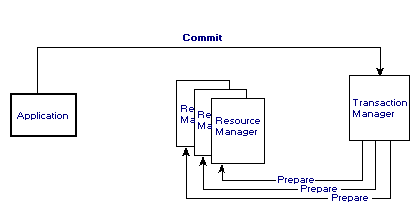
Typically, the resource manager records the old and new data in stable storage so that the resource manager can recover even if the system fails. If the resource manager cannot prepare successfully, it informs the transaction manager that it cannot prepare and the transaction manager aborts the transaction. If the resource manager can prepare, it tells the transaction manager and waits for the transaction manager's decision whether to commit or abort the transaction.
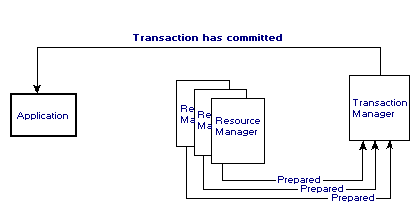
Once prepared, a resource manager must wait until it gets a commit or abort callback from the transaction manager. Most transactions commit, although a few transactions abort.
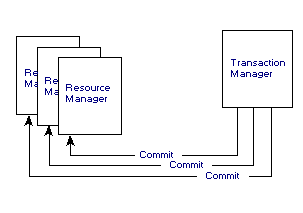
Typically, the entire prepare and commit protocol completes in a fraction of a second.
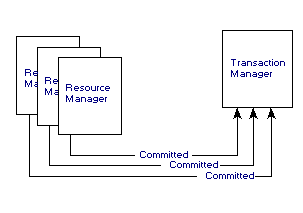
If there are system or communication failures, the commit or abort notification may not arrive for minutes or hours. During this period, the resource manager is in doubt about the outcome of the transaction. It does not know whether the transaction committed or aborted. While the resource manager is in doubt about the transaction, it keeps locks on the data that is modified by the transaction, thereby isolating these changes from any other transactions.
The discussion so far shows how distributed transactions are made atomic in a fault-free environment. Now we consider how MS DTC helps resource managers make transactions atomic and durable when a resource manager fails. If a resource manager fails and then restarts, the resource manager must reconstruct the committed state of the resources it manages. The reconstructed state must reflect all of the effects of committed transactions and none of the effects of aborted transactions. When a resource manager fails, all of its enlisted transactions are aborted except for those that prepared or committed prior to the failure. When the resource manager restarts, it asks the transaction manager about the outcome of the in-doubt transactions in which it enlisted. The transaction manager tells the resource manager the outcome of each in-doubt transaction and the resource manager commits or aborts these transactions accordingly.
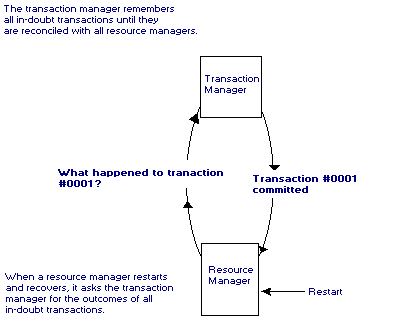
In summary, the two-phase commit protocol and the resource managers combine to make transactions atomic and durable.